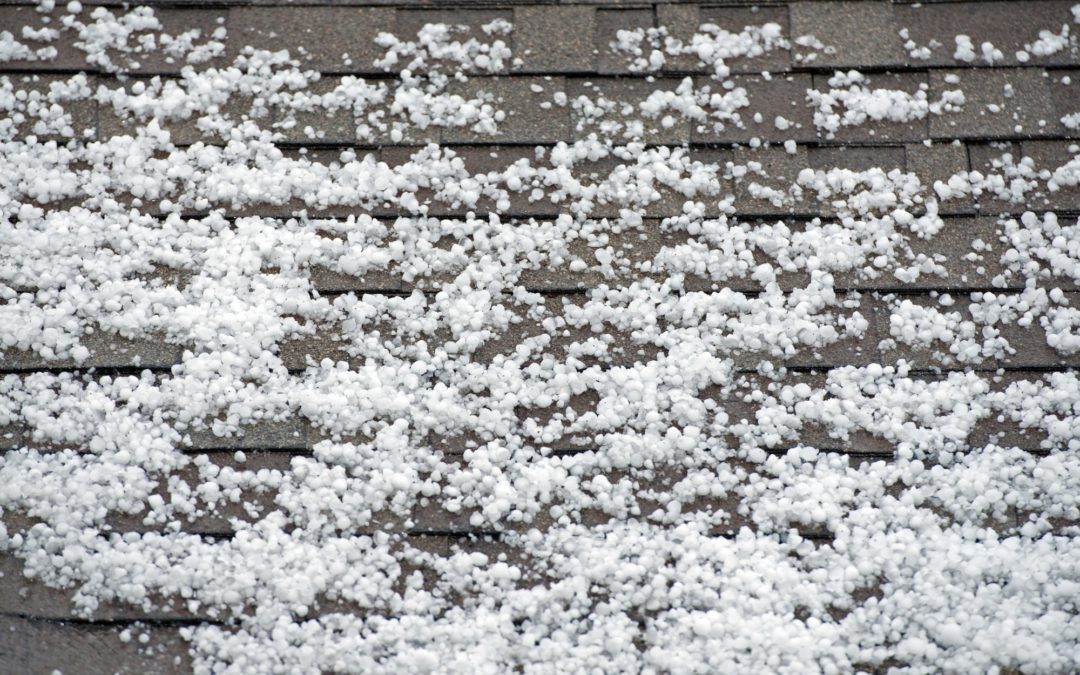In 2018, there were 4,610 major hailstorms, with Colorado being in the top three U.S. states with hail events. With statistics like that, it’s only a matter of time until your house gets hit.
Roof hail damage depends on the size of the hailstone and force it hits your roof. Even a small stone that hits a weak spot will cause more damage than you realize.
To help you determine if your house has roof hail damage, let’s look at 4 types you should know about.
1. Cracks and Splitting of Shingles
Hailstones can hit and crack roofing shingles. Many times these cracks are small and barely noticeable, leaving most to go unrepaired.
Over time these cracks grow, allowing rainwater, ice, and snow to seep into your roofing material. Water that reaches the roof decking will cause leaks into the house. Also, it erodes the density of your shingles.
If you suspect your roof received hail damage, call out a roofing professional. They’re trained to spot any shingle cracks or splitting, plus they know how to stop it from getting worse.
2. Loss of Granules
If a hailstone hits the roof with enough force, it can knock granules off of your shingles. When you experience granule loss, it leaves your shingles exposed to the sun and elements.
Granules are the outer most layer on your shingles. They’re there to protect your roofing material against damaging UV rays. Without them, your shingles can blister, crack, or form algae. This kind of damage can leave your roof vulnerable to leaks.
After a hailstorm, grab a ladder and look for “bald” spots on your roof shingles. Another telltale sign is granules gathered in your guttering. If you’re seeing a lot of misplaced granules, it’s time to call in a roofing expert.
3. Exposing the Underlayment
Large hailstones will do the most damage, hitting your roof hard enough to expose the protective materials underneath the shingles.
Roofs have an underlayment which serves as a waterproof barrier to your roof decking. Exposed underlayment can crack or breakdown, even cause damage to the nearby shingles. This increases the risk of roof leaks.
Depending on the amount of damage, your roofing may need repaired or replaced. A trained professional will be able to determine how much works needs done.
4. Damage to Roof Vents
Roof hail damage doesn’t stop at just shingles. Vents, chimneys, and skylights are vulnerable as well. Plus, damage to these structures is easier to spot, also making it easier to determine the extent of your damage.
Look for dents, dings, and chips on these roof features. A professional will be able to help you determine if the damage has compromised their structure and it needs replacement.
Protect the Roof over Your Head from Roof Hail Damage
Don’t let a hailstorm put your home at risk. By knowing how to find roof hail damage, you can better protect the roof over your family’s head.
Think your home has roof damage? Contact us today! Let Woodberg Roofing & Restoration put our years of experience to work for you.

